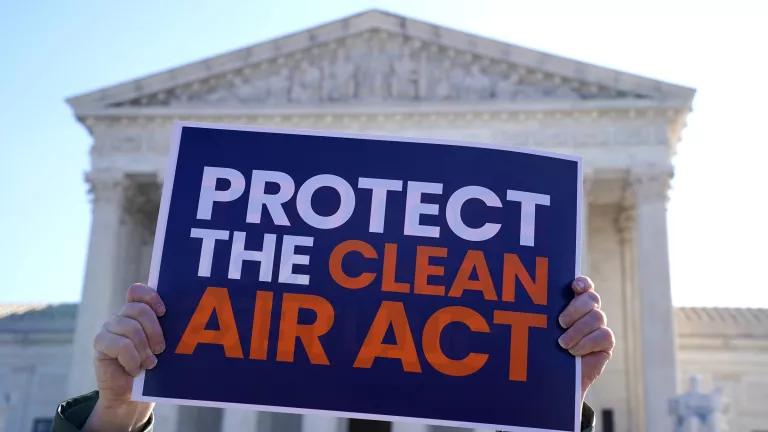World’s Megacities Feeling Hot, Hot, Hot

Here’s a shocking reality check: No one on Earth under the age of 41 has experienced a year with below-average global temperatures.
Just let that sink in.
Of course, we don’t feel global annual averages; it’s hourly and daily temperatures on a local level that matter. And as “remarkable” as recent global warming has been, warming in the world’s largest cities—where 20 percent of people live—has been extraordinary.
Twenty-seven large cities (each with more than 5 million residents) saw their highest temperatures get an average of 0.59 degrees Fahrenheit hotter per decade from 1966 to 2015. That’s 0.29 degrees Fahrenheit per decade more than the increase in global averages over land and oceans. Houston’s temperature trended up nearly 1.1 degrees Fahrenheit per decade—roughly 5 degrees over 50 years. For context, 5 degrees Fahrenheit is the difference between record high temperatures in Juneau, Alaska (90 degrees) and Honolulu, Hawaii (95 degrees).
Why are cities warming faster than the rest of the world? Partly because of the urban heat island effect, which intensifies climate change-fueled warming via tall buildings that block air flow and heat-absorbing surfaces like pavement. It’s the reason researchers are looking at ways to cool cities down by changing the color of buildings and roads, for example. But let’s be clear: With or without these heat islands, global climate change is making local heat extremes more likely. We still need to tackle the root cause of climate change: carbon pollution from fossil fuels.
And if we don’t cut this pollution? Quite simply, more and more people will get sick or die from preventable illnesses like heat stroke. Outdoor workers, older adults, and children experiencing poverty are among the most vulnerable to heat. In 2015, more than half of U.S. households with an annual income of less than $20,000 per year had trouble paying their electricity bills. About 1 in 10 of those households couldn’t afford to use air conditioning or other cooling equipment at least once in the year—putting them at greater risk of unhealthy heat. You only need to prowl through national data for a few minutes (e.g., here and here) to see how common heat deaths are in homes with no air conditioning.
Want to learn more about how climate change is affecting your part of the world? Check out our extreme heat map and this tool from the New York Times. And then, let your leaders in Washington know we need to act on climate—not turn up the thermostat on our already too-hot cities.




